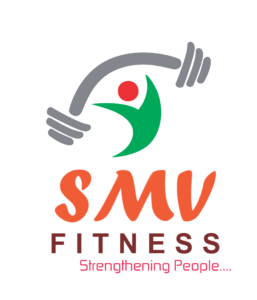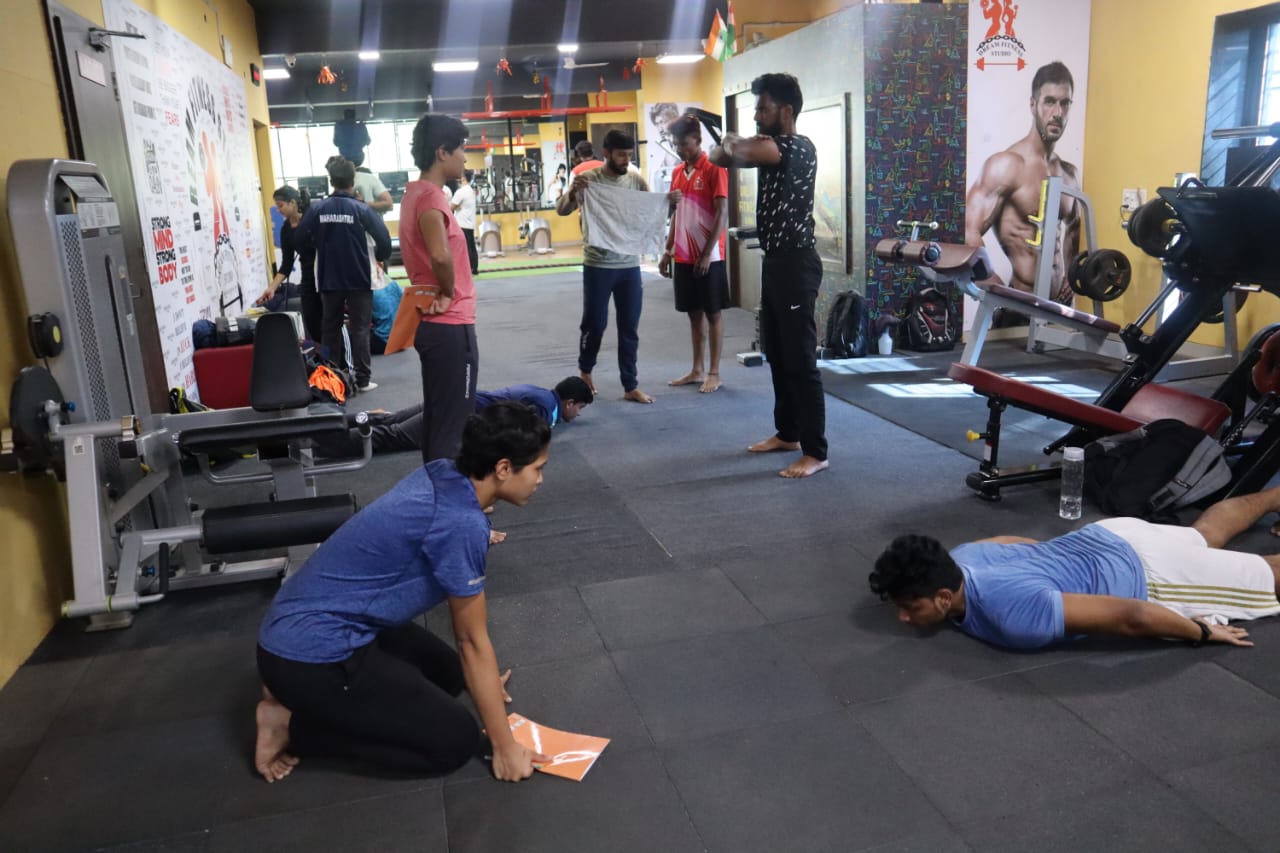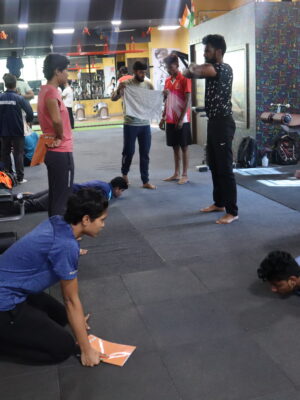Description
The Certified Personal Trainer course
One Liner – This course will enable you to become a Fitness Professional, create one-on-one health and fitness programs, group and small group trainings to help clients achieve specific health and fitness goals, help clients to perform exercises with correct techniques, minimizing the risk of injury, as this course provides in-depth knowledge of Scientific foundations of Exercise & Nutrition as well as Essentials of Training, coaching & Consultations.
Syllabus Bullets
Theory
Section 1 – Scientific Foundations of Exercise & Nutrition
- General Anatomy and Physiology
- Exercise and Training Physiology
- Exercise Analysis – Kinesiology and Biomechanics
- Basics of Nutrition
Section 2 – Essentials of training, coaching & consultation
- Introduction to the field of fitness and personal trainer profession – importance, scope of practice (dos & don’ts), ethics, role and responsibilities & career track of personal trainers.
Exercise Psychology – Theories of behavior change, adherence to exercise (helping clients stay active), coaching techniques. - The Client trainer relationship – Initial consultation, preparticipation physical activity guidelines and fitness assessments.
- Comprehensive program design – Benefits of the comprehensive program, components of the comprehensive program, FITTVP principle for all the components of the comprehensive program, advance training options, general principles of training.
- Resistance Training- training principles, resistance training terminologies, program design process, resistance training modalities, need analysis, acute program variables (Intensity, Volume, Frequency, etc.) & its variations, periodization for resistance training, sources of resistance (strength equipments), progressing from beginner to advance, Demonstration, Spotting, cueing and feedback of exercise techniques.
- Cardiorespiratory Training – Design of a Cardiorespiratory training session, defining intensity, volume and modes for CRF (cardiorespiratory fitness) training, impact in CRF (no, low & high impact), equipments for CRF, HIIT, circuit training, RPE for Intensity, Talk test for understanding difficulty, high skill VS low skill activities, exercise prescription for CRF, FITTVP for CRF training.
- Flexibility Training – Benefits of flexibility training, determinants of flexibility, types of stretches, design and development of flexibility program, considerations for hip fractures, osteoporosis, muscular imbalance and arthritis for flexibility training.
- Advance training options – eccentric emphasis, variable resistance, breakdown sets, speed & agility, plyometrics training, using different training implements ( kettlebells, suspension systems, rings).
- Anatomy of the session – personal training session components, sequencing.
- Injury prevention – strategies for exercising injury free.
- Some common exercise goals – Fat Loss, Muscle gain (Modeling, bodybuilding etc.), pre marriage fitness goals, reunion goals, trekking, marathon & other recreational sports.
- Exercise and Special populations – Exercise for children, adolescents, older adults, people having diseases and disorders.
- Personal training business – Legal responsibilities, business basics.
Practical
- Exercise analysis – kinesiology, biomechanics and exercise techniques for Resistance Training mode – Posture, technique, breathing, safety, spotting, cueing and teaching for exercise for all important muscle groups with different equipments including bodyweight, free weight, machines, resistance bands, and non-traditional implements like kettlebells, INDIAN clubs, landmines etc. with all the necessary progressions and regressions.
- Fitness Assessments – Resting parameters (e.g. heart rate), Body composition (BMI, circumference, BAI etc.), cardiorespiratory assessments ( step testing, field testing), Muscular Fitness Tests ( Muscular endurance and RM tests), Flexibility tests.
- Programming & Periodization – Designing a program for all the components mentioned in the theory section.
- Warm up, Cool Down and Stretches – warm up & cool down methods for different goals, types of stretches and methods of practice. Assisted stretching techniques. Using Foam rollers for different muscle groups.
- Cardiorespiratory training – performing cardiorespiratory training with or without equipments by understanding the principles. RPE & talk test methods during cardiorespiratory training session, HIIT, circuit training etc.








